When your responsibilities include decorating America’s Largest Home® for Christmas, you want to make sure you’re ready for the start of the holiday season.

Create a Biltmore Christmas tradition with your family
Ahead of schedule
“We’re a little ahead of schedule this year,” said Lizzie Borchers, Floral Displays Manager for Biltmore, “and that’s a great place to be, because there’s no telling what bumps we may encounter!”
Now in her second year leading the team that creates the spectacular décor for Christmas at Biltmore, Lizzie feels she’s got a handle on the whole process.
“I feel fortunate to have gone through the entire Christmas at Biltmore season last year before I had to plan it all,” she said.

Todd Roy, Clare Cottrell, and Kathryn Marsh of Biltmore’s landscaping team with decorative poinsettias
Team effort
Although her team includes nearly a dozen full-time floral designers and several reserve members who assist with special events, it still takes more than 100 people to bring Christmas together, from housekeeping and engineering to logistics, landscaping, and more.
Not everything happens as expected, however, and Lizzie admits they always have back-up plans, just in case.
“Orders can be delayed and things can change at the last minute, but we make it work, even if it means pulling extra items out of storage. It’s really all about the details—that’s what sets Biltmore apart. We’re fastidious about what we do, from developing beautiful displays that delight our guests all the way to straightening the ornaments and carefully spacing the lights.”

Antler Hill Village illuminated for the season
Beyond Biltmore House
In addition to decorating Biltmore House, Lizzie’s team also enlivens Antler Hill Village & Winery, both hotels, and all estate restaurants and shops with seasonal splendor.
Compared to the formal tone of Biltmore House, Lizzie and her team create a more rustic feel that is authentic for the village.

Bubble ornaments sparkle at the Winery
“Inspired by the name, we’ve used a lot of antlers in the décor this year. We’ve added more illuminated grapevine spheres around the Village Green and more cascading waterfall lights in the trees—guests told us how much they love those. And don’t forget all the beautiful bubbles adorning the Winery ceiling—it’s like being inside a glass of champagne!”
Memories that last a lifetime
Although she doesn’t plan to make sweeping changes to the look and feel of the estate’s decorations, Lizzie wants to continue exploring ways to distinguish between Christmas at Biltmore during the day and Candlelight Christmas Evenings at night.

Choirs perform in the Winter Garden during Candlelight Christmas Evenings
“They’re very different experiences,” she said, “and I want to ensure that our guests enjoy how special the décor is during regular hours, and then return at night to an entirely different feeling, like they’ve stepped back in time. Christmas is the perfect season to discover Biltmore all over again.”
Featured blog image: Lizzie Borchers with some of the “bubbles” that adorn the Winery ceiling

 The artist begins sketching label designs
The artist begins sketching label designs

 Pour on the cheer with Biltmore wines
Pour on the cheer with Biltmore wines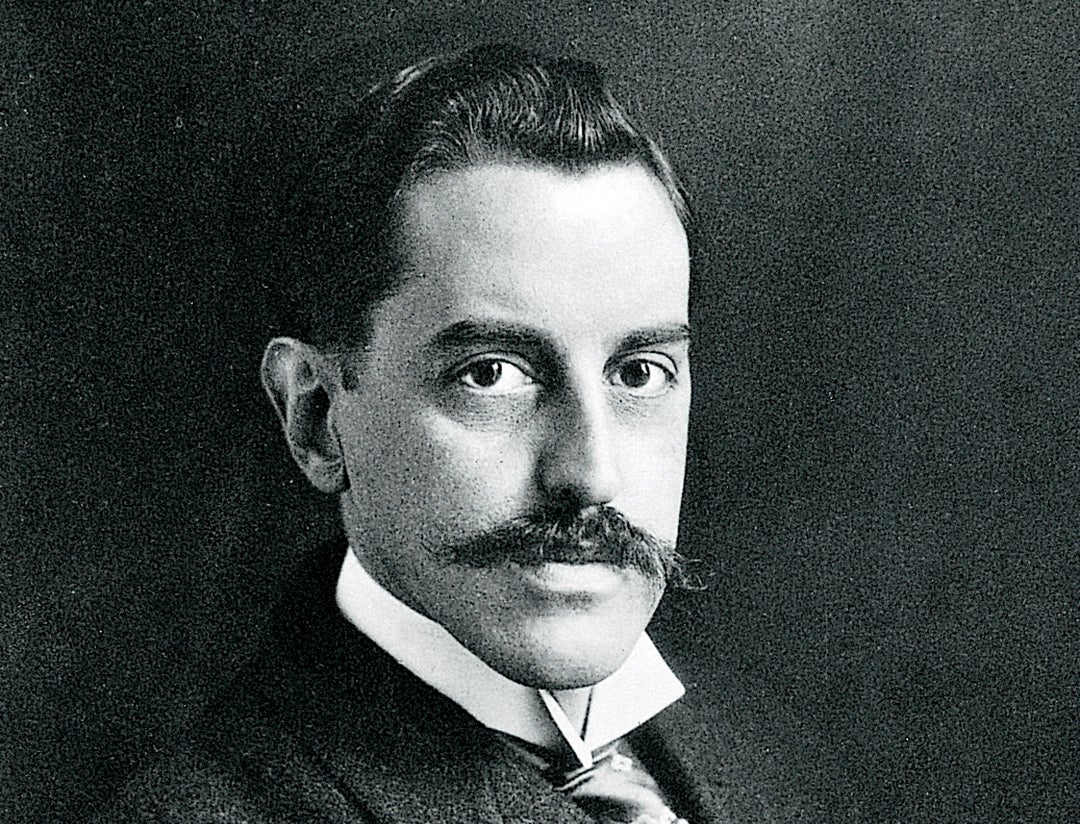
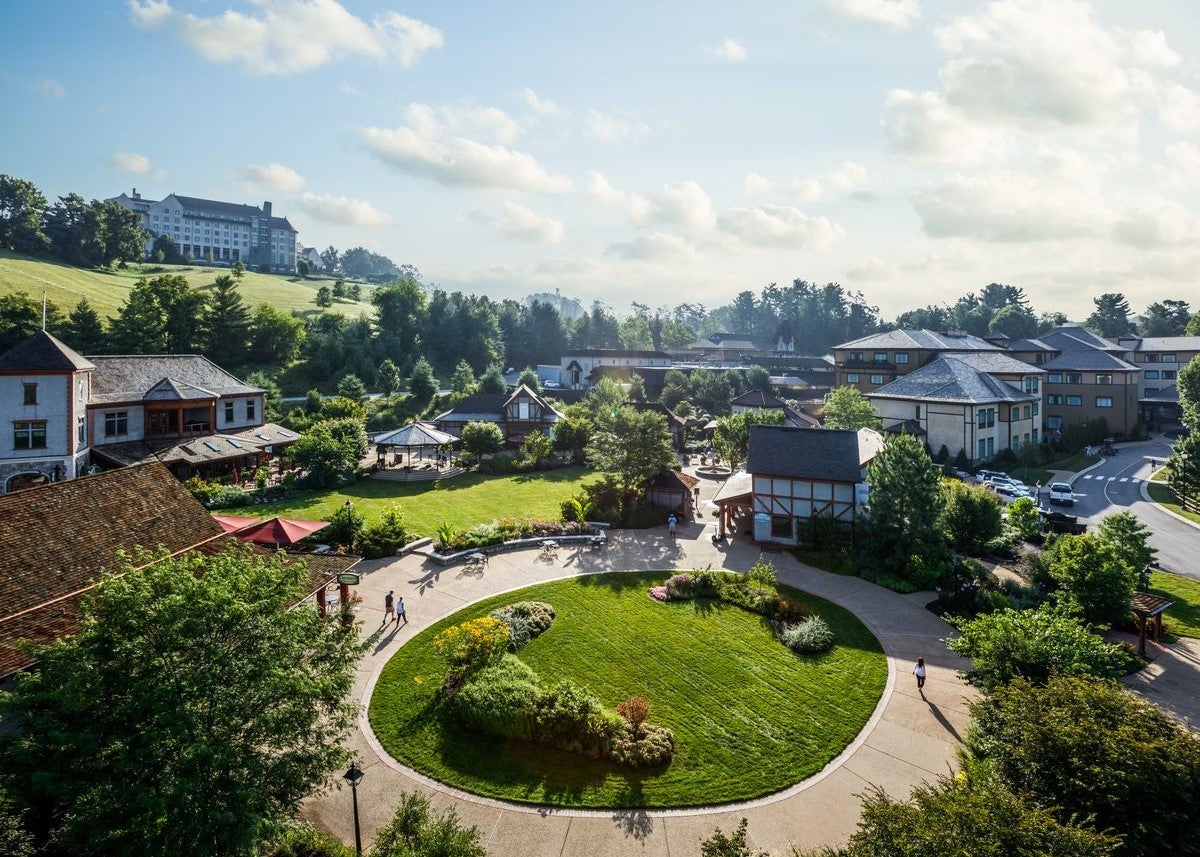
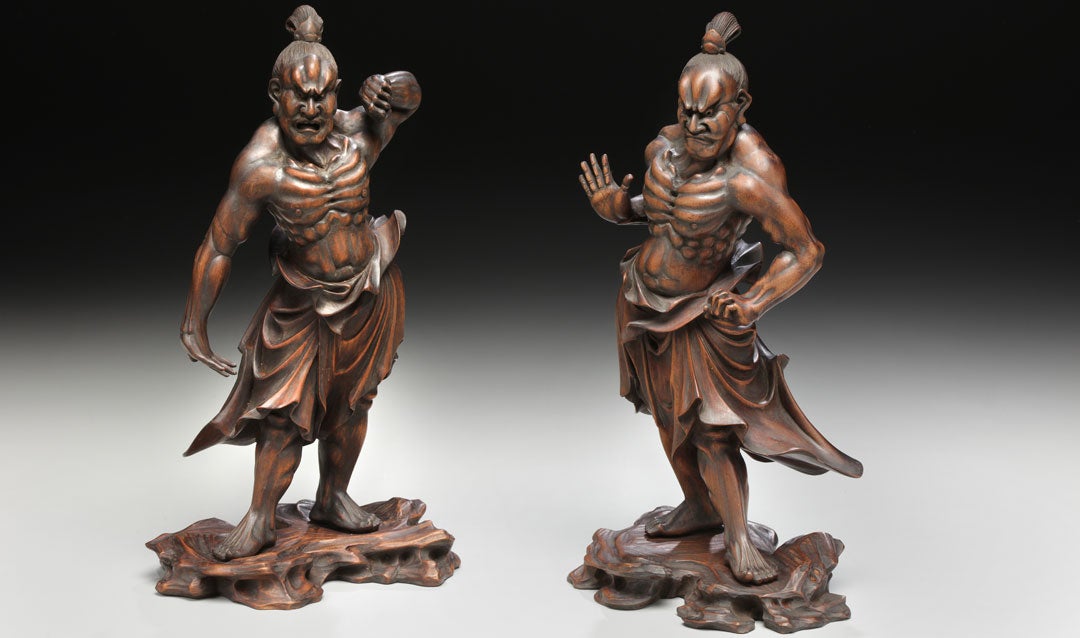
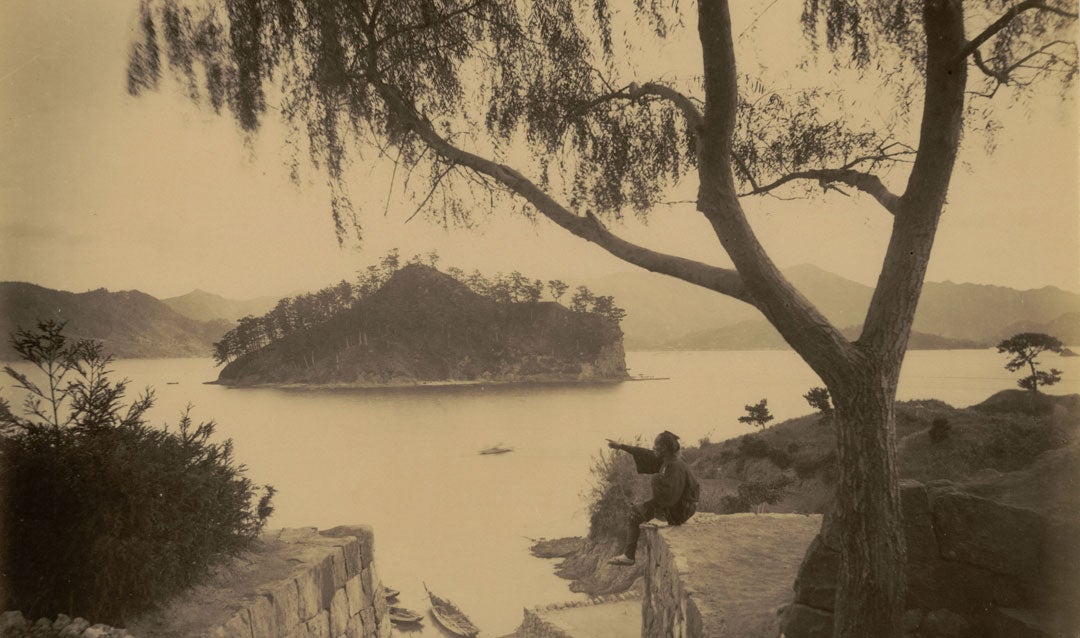
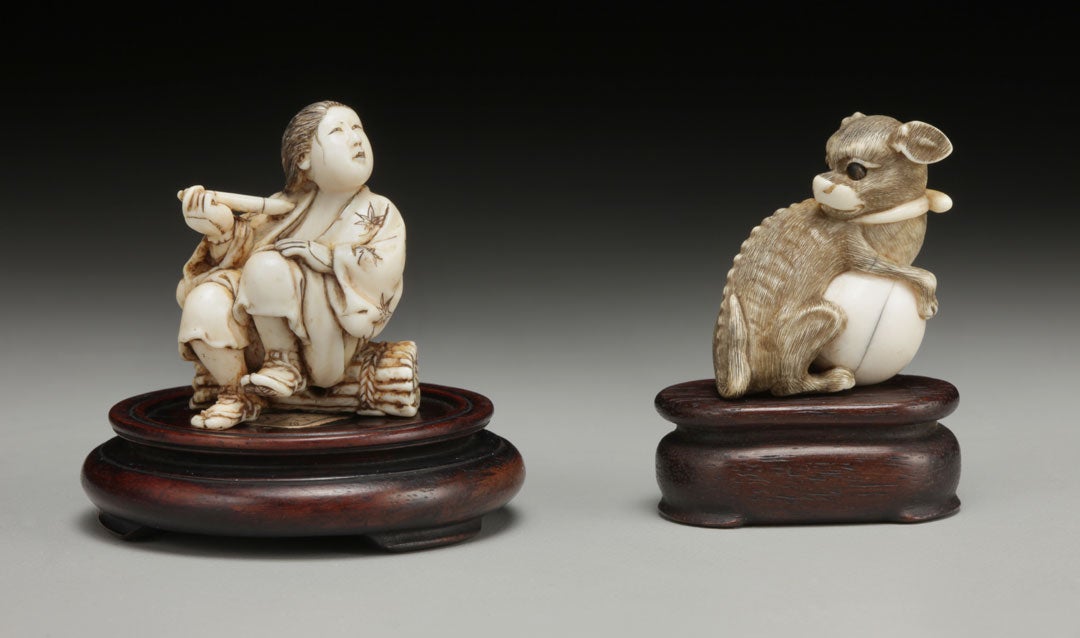
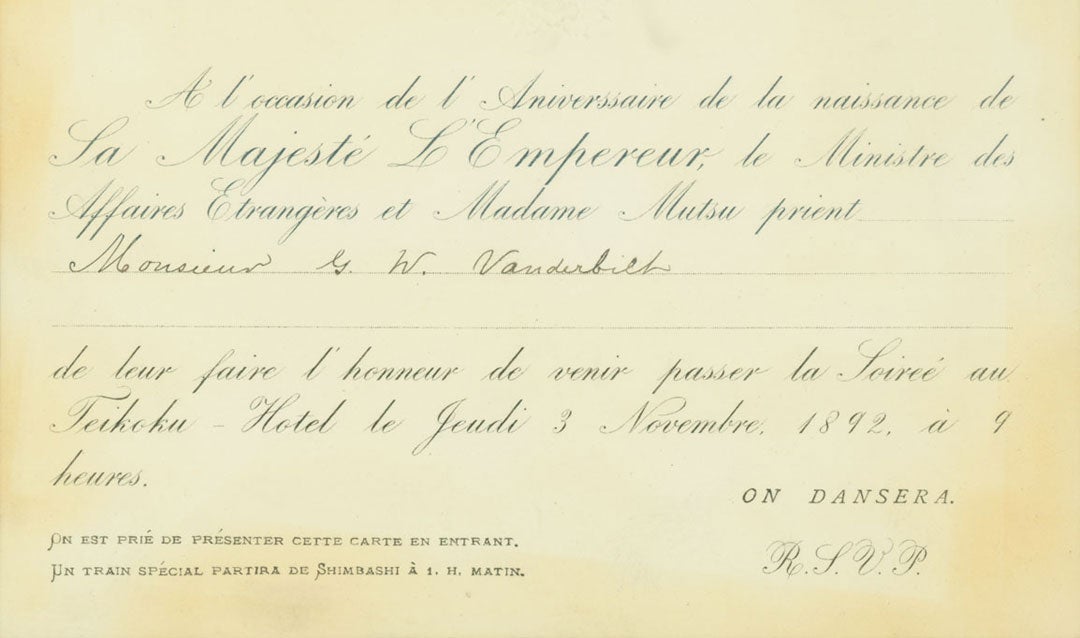
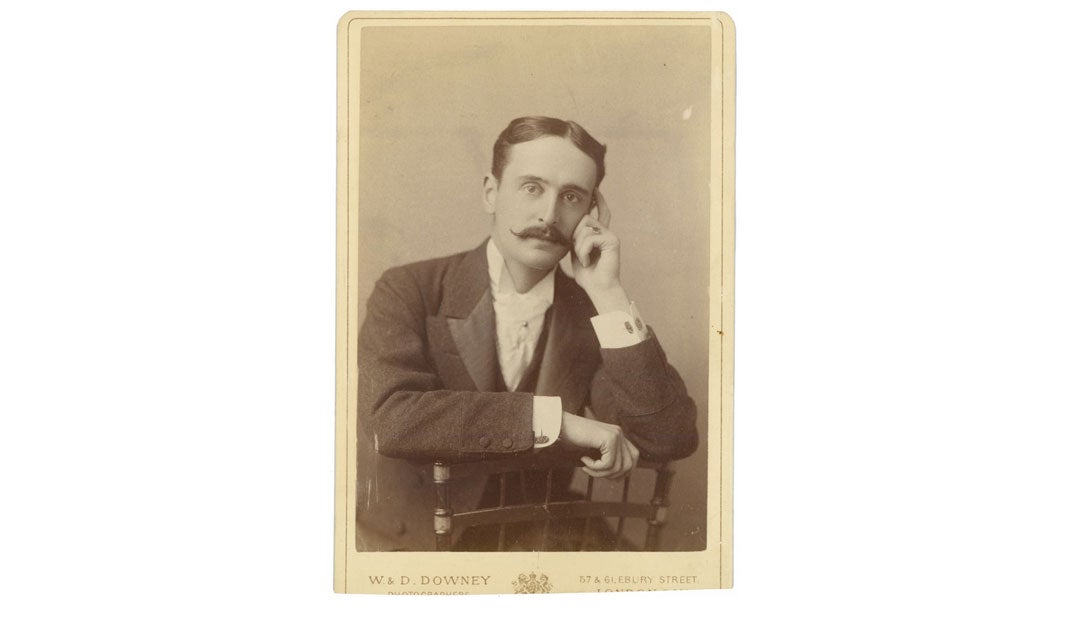
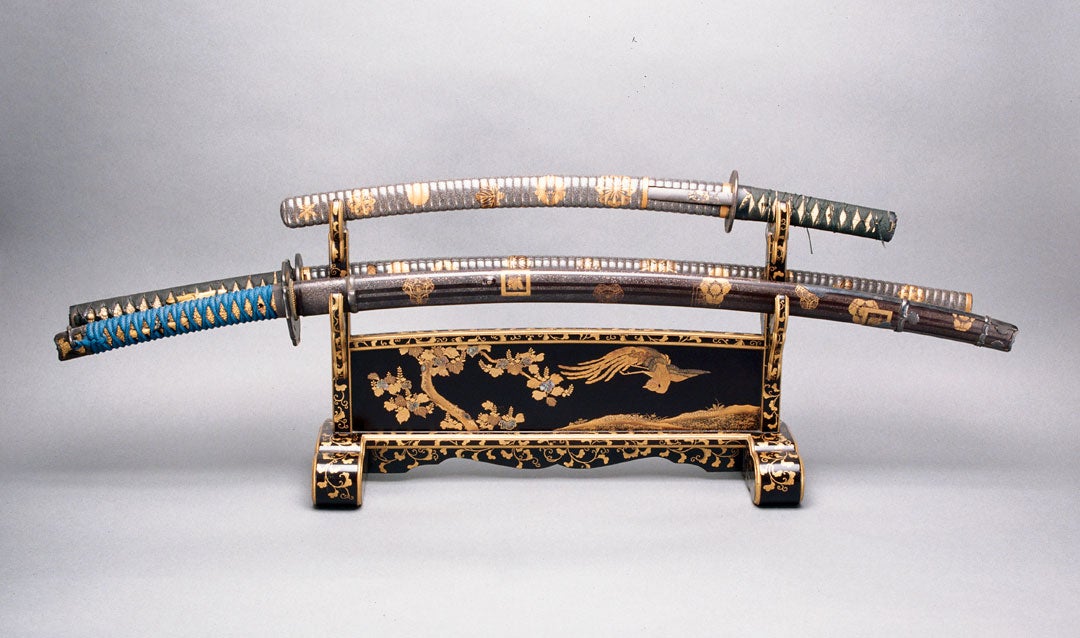
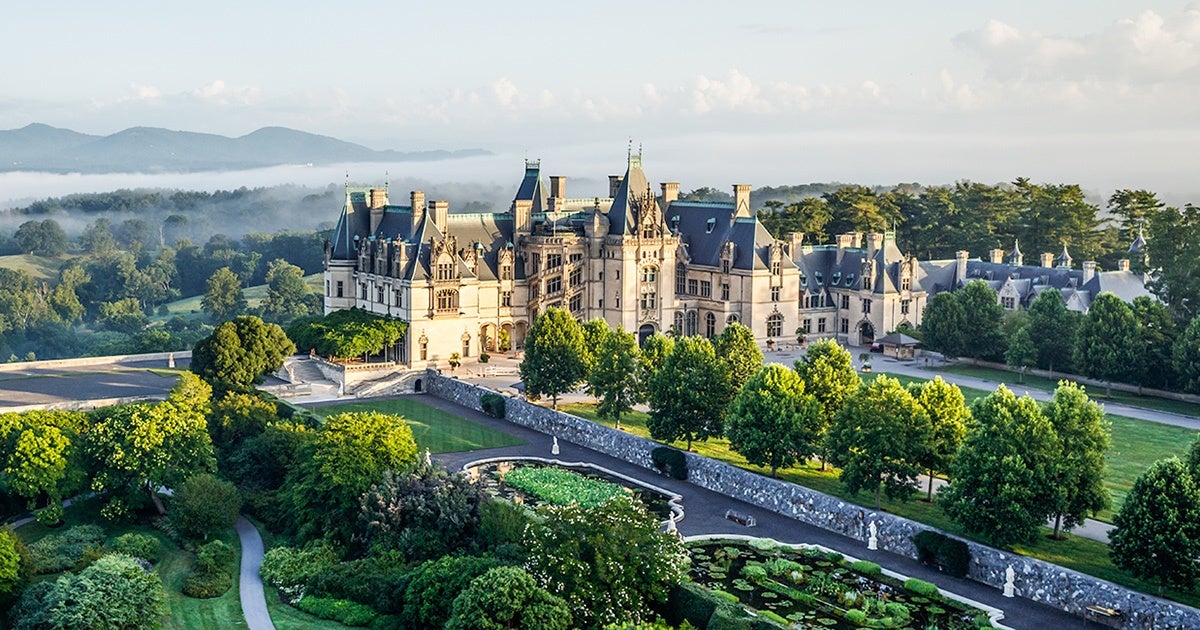
 Between the bench and the palm towering overhead, a lush Cycad makes a photo-worthy backdrop
Between the bench and the palm towering overhead, a lush Cycad makes a photo-worthy backdrop 




 ‘Queen of the Night’ cactus in bloom
‘Queen of the Night’ cactus in bloom
 Cattails and Copper Birch Reeds aglow in front of the Conservatory during Chihuly Nights at Biltmore
Cattails and Copper Birch Reeds aglow in front of the Conservatory during Chihuly Nights at Biltmore One of Chihuly’s three Burnished Amber, Citron, and Teal Chandeliers inside the Conservatory at Biltmore
One of Chihuly’s three Burnished Amber, Citron, and Teal Chandeliers inside the Conservatory at Biltmore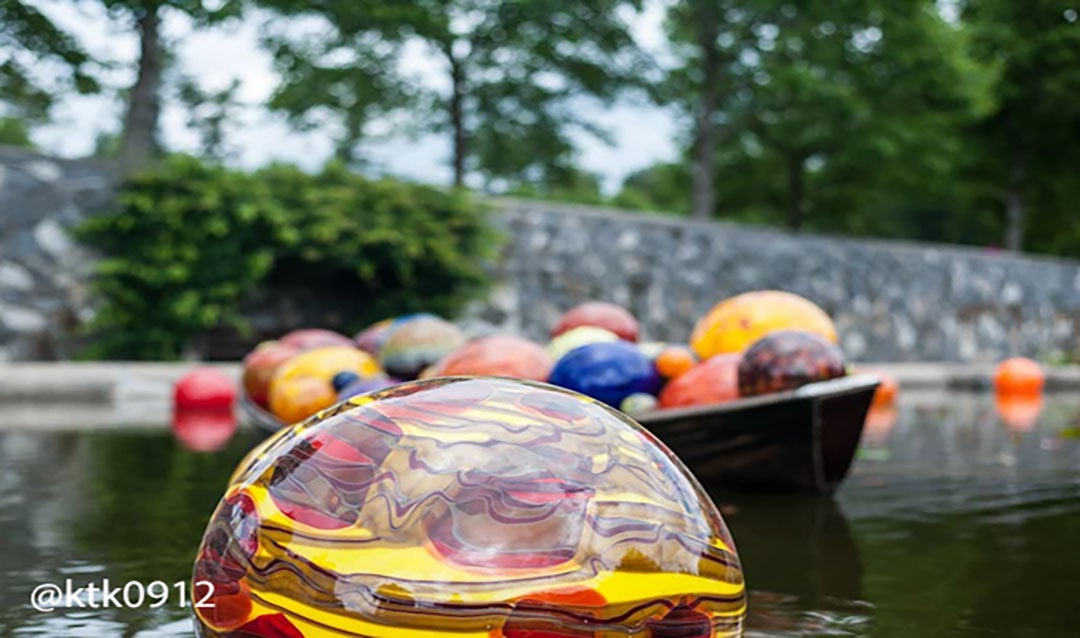
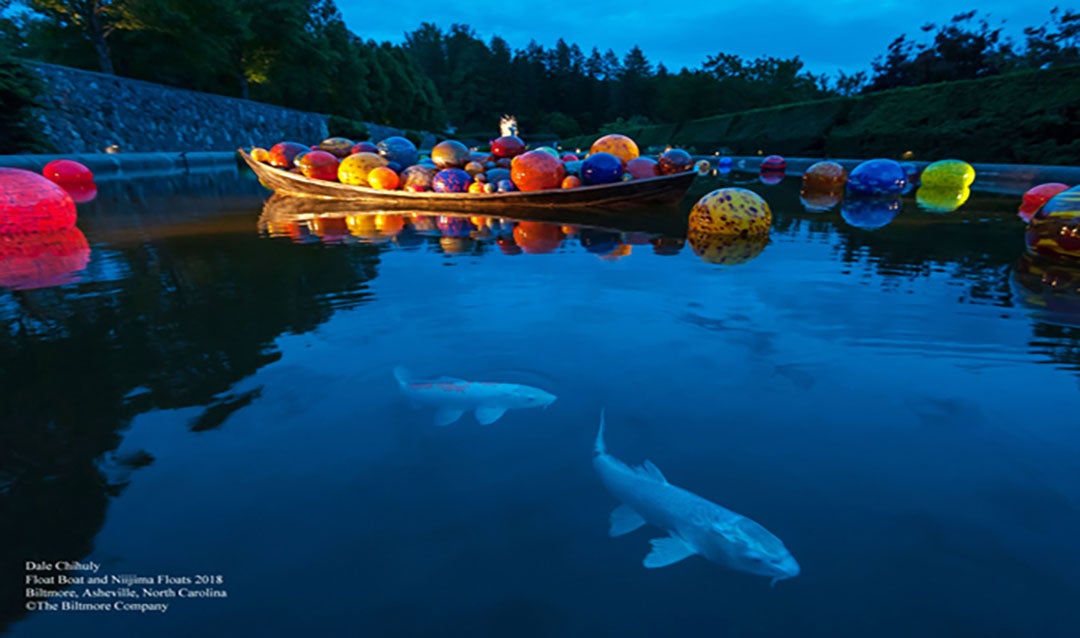
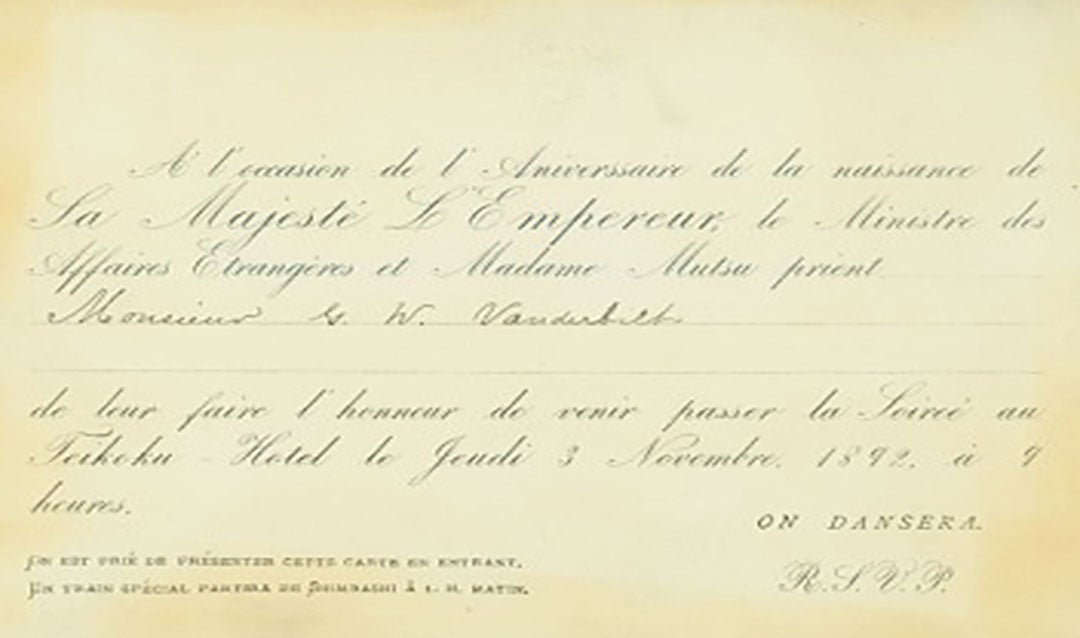
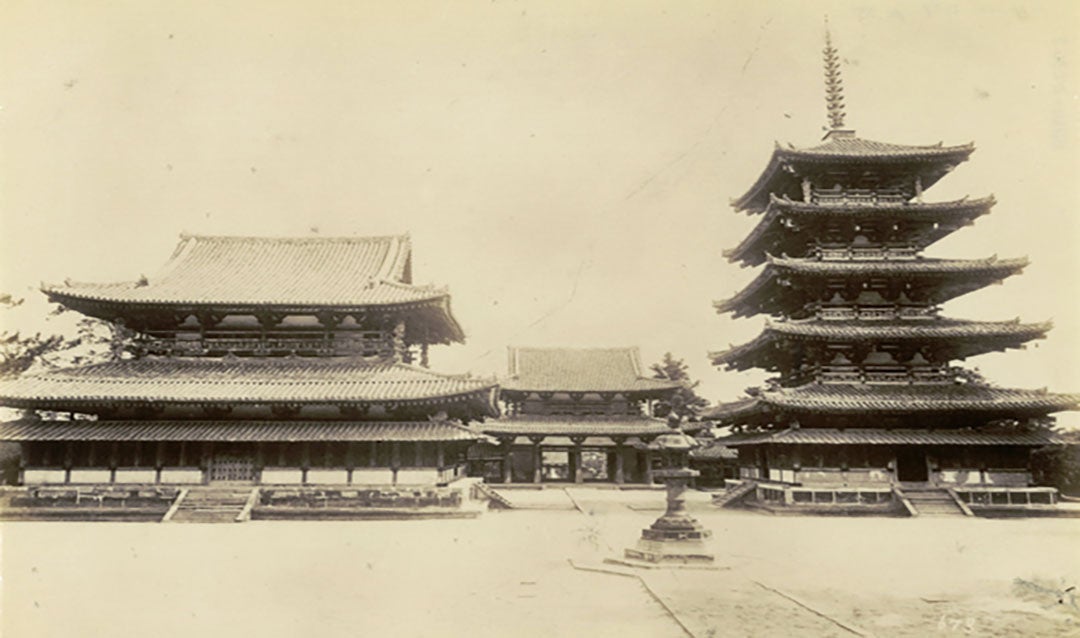
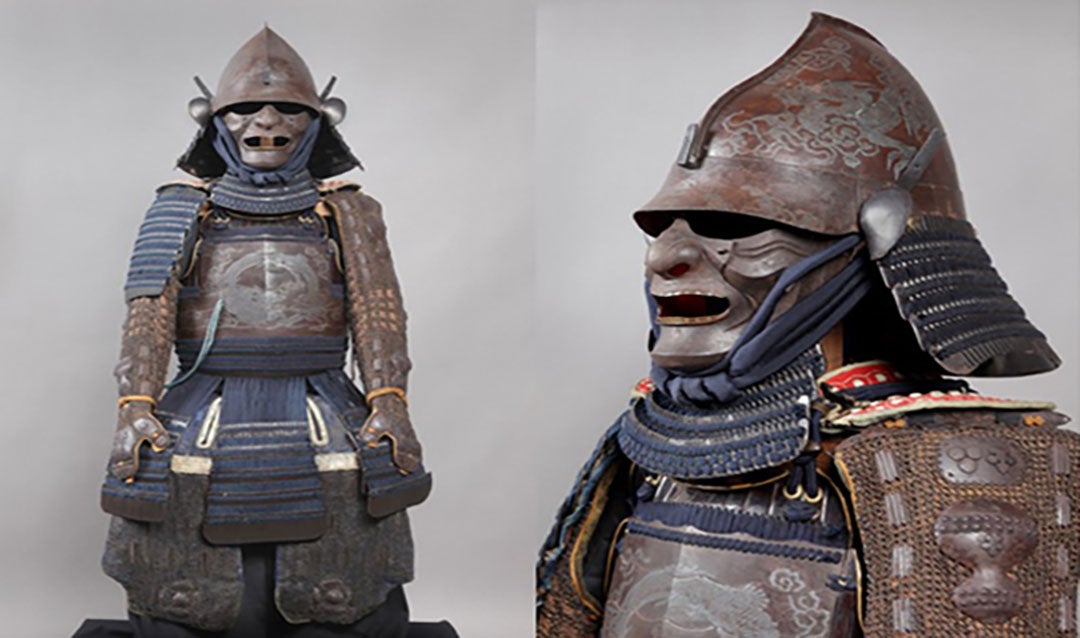
crop.jpg)



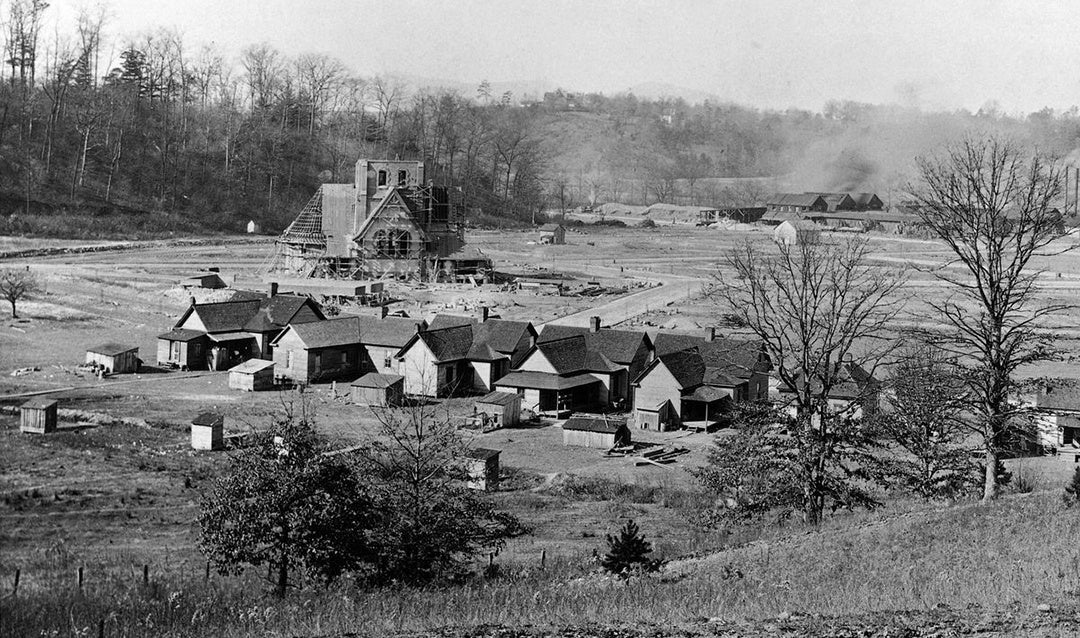
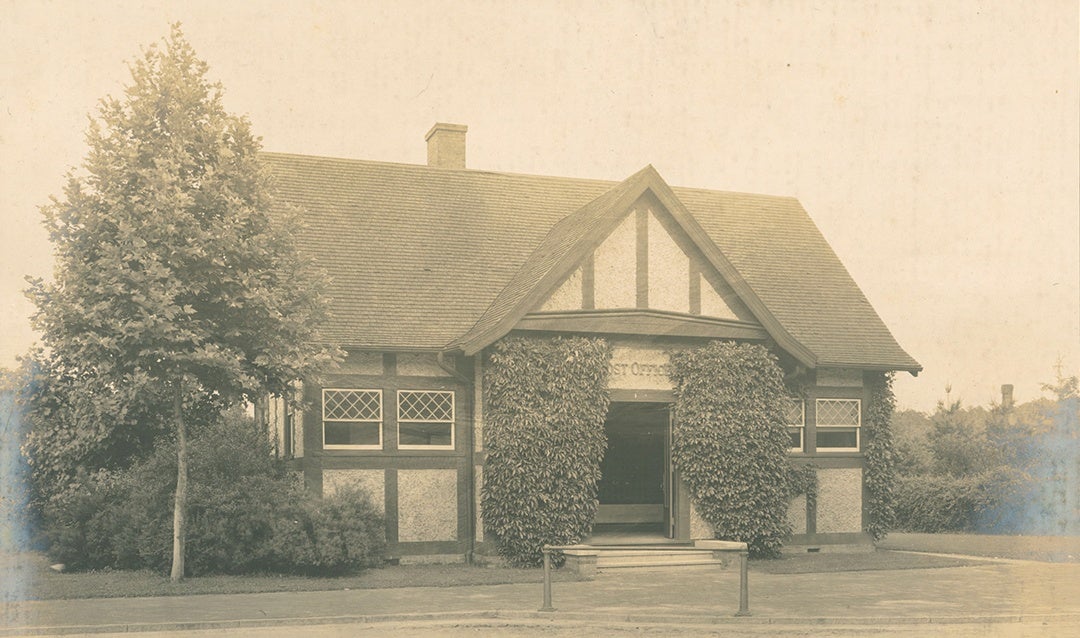
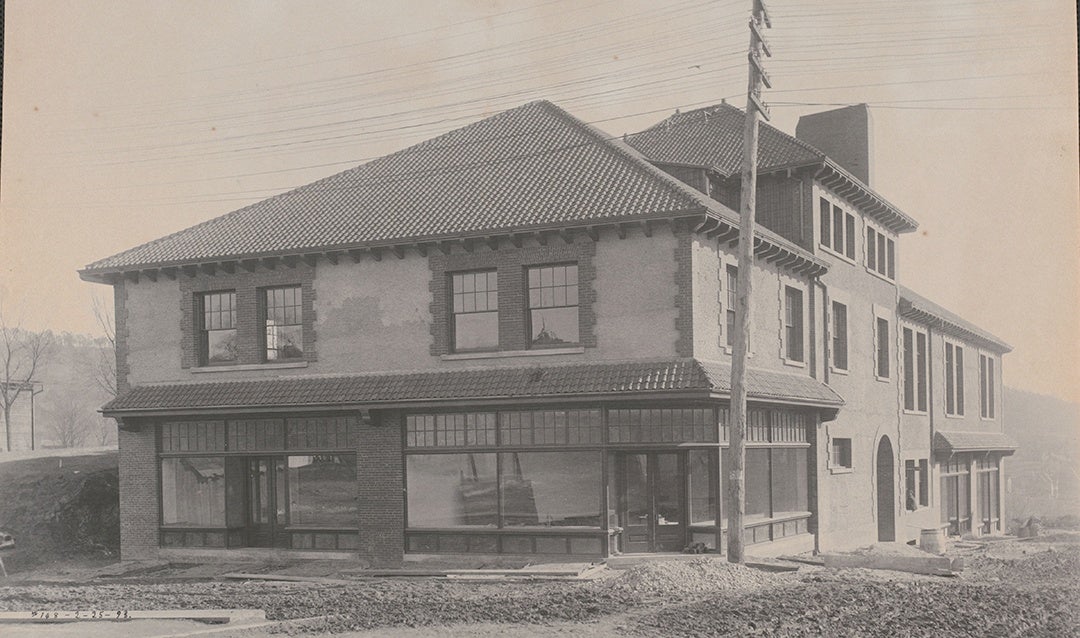
 The Pergola once served as a resting place overlooking a lawn tennis court popular with Edith and Cornelia Vanderbilt and their friends. In 1919, Edith asked Chauncey Beadle, estate superintendent, to convert the original “lawn” court to a clay court; the court was later removed.
The Pergola once served as a resting place overlooking a lawn tennis court popular with Edith and Cornelia Vanderbilt and their friends. In 1919, Edith asked Chauncey Beadle, estate superintendent, to convert the original “lawn” court to a clay court; the court was later removed. The Pergola itself dates back to the construction of Biltmore House. Grading and construction began in 1891 under the direction of architect Richard Sharp Smith and landscape architect Frederick Law Olmsted. This archival photo shows the walking paths from the Pergola through the Shrub Garden and Walled Garden completed, with the Pergola underway and, in the distance, the Conservatory under construction.
The Pergola itself dates back to the construction of Biltmore House. Grading and construction began in 1891 under the direction of architect Richard Sharp Smith and landscape architect Frederick Law Olmsted. This archival photo shows the walking paths from the Pergola through the Shrub Garden and Walled Garden completed, with the Pergola underway and, in the distance, the Conservatory under construction. Limestone columns and massive wooden rafters form the structure that was originally crowned with ivy. According to Bill Alexander, retired Biltmore landscape and forest historian, Olmsted specified English ivy to be planted at the base of the columns in 1892. “This look of being ‘festooned’ with ivy was typical of Olmsted’s design intent,” Bill said.
Limestone columns and massive wooden rafters form the structure that was originally crowned with ivy. According to Bill Alexander, retired Biltmore landscape and forest historian, Olmsted specified English ivy to be planted at the base of the columns in 1892. “This look of being ‘festooned’ with ivy was typical of Olmsted’s design intent,” Bill said.  By 1895, wisteria was planted on the South Terrace and trained to grow out over the Pergola through gaps in the limestone wall created for this purpose. Nearly a century later, Biltmore’s landscape team removed the vines from the top to protect the walls from damage caused by roots, resulting in the leafy and peaceful setting enjoyed today.
By 1895, wisteria was planted on the South Terrace and trained to grow out over the Pergola through gaps in the limestone wall created for this purpose. Nearly a century later, Biltmore’s landscape team removed the vines from the top to protect the walls from damage caused by roots, resulting in the leafy and peaceful setting enjoyed today.